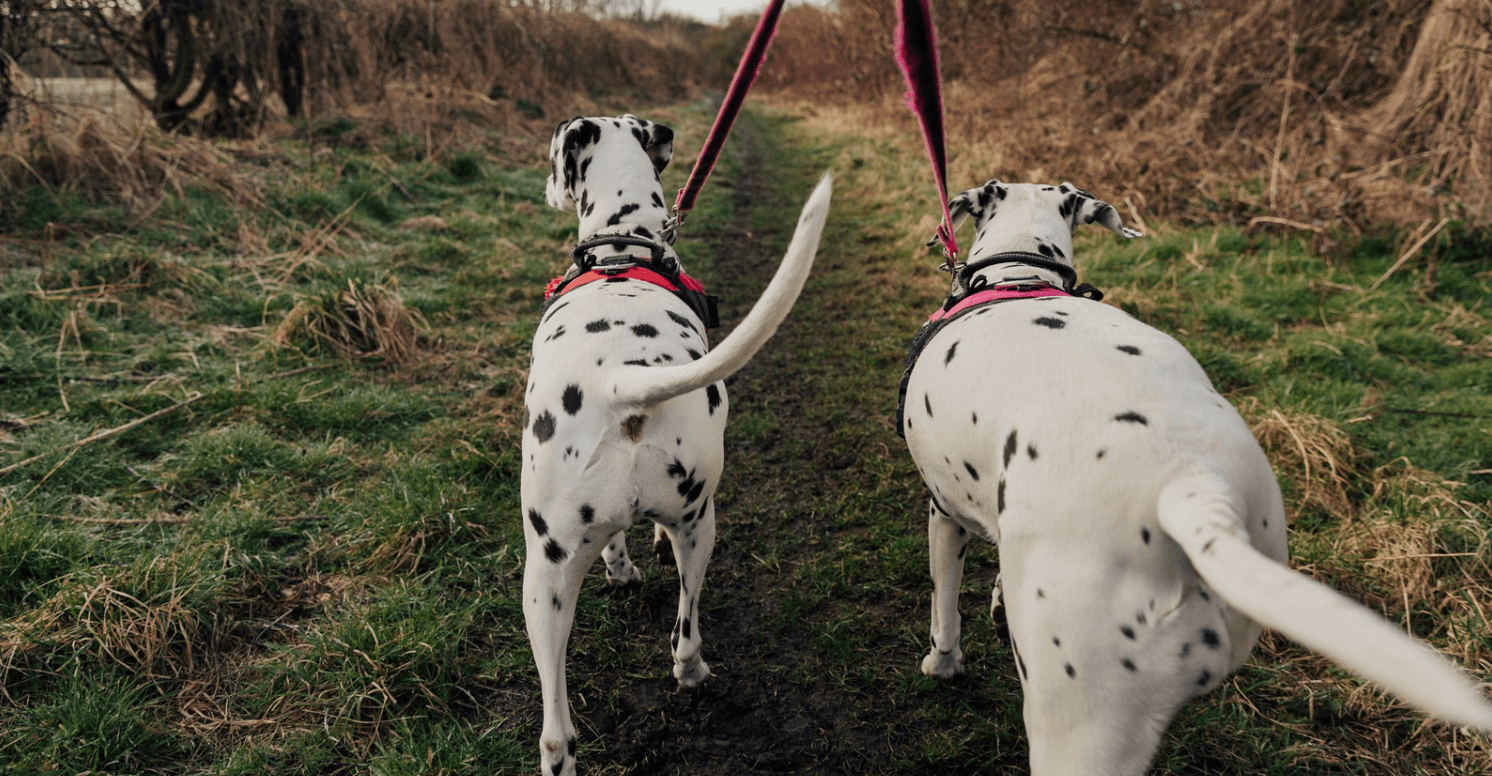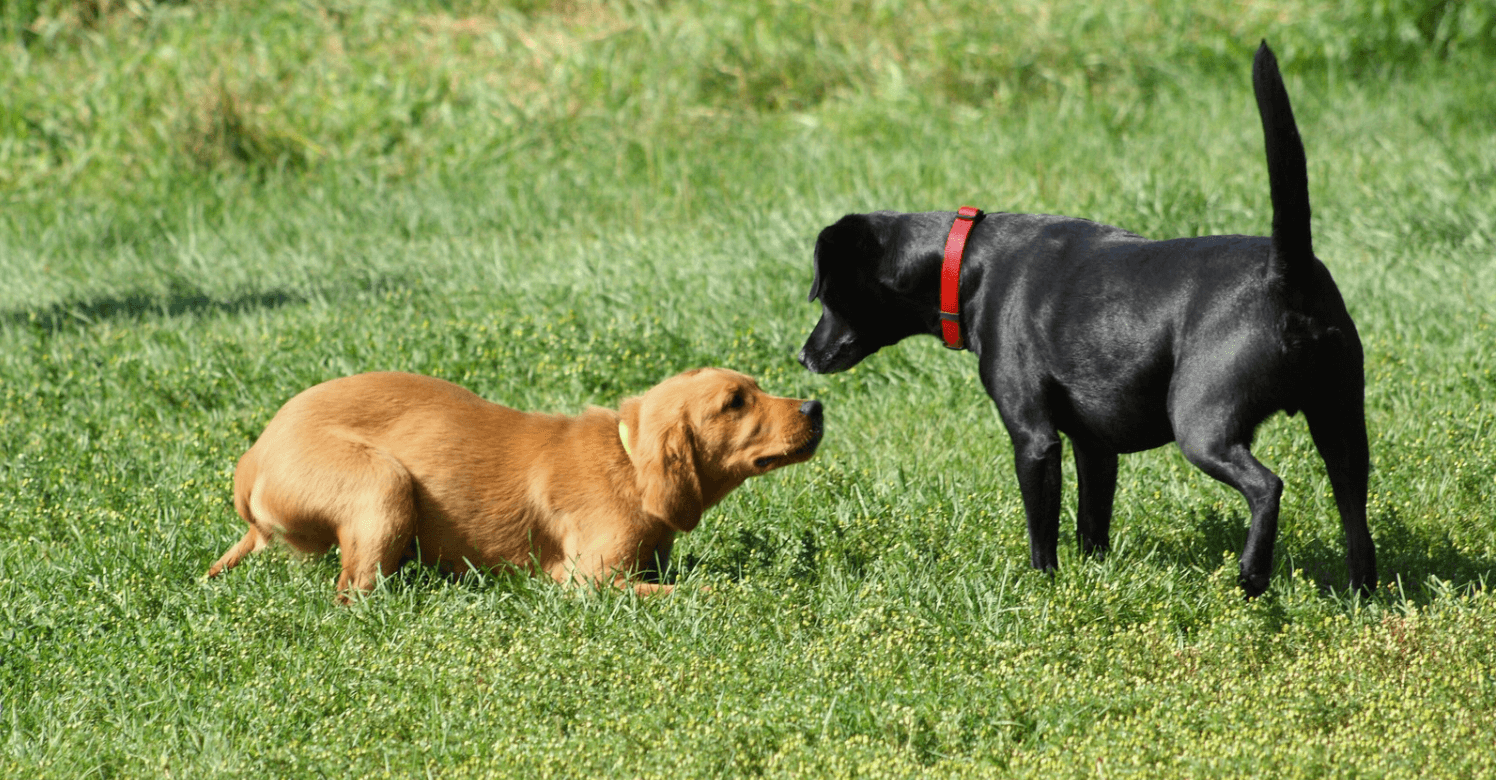Sorry about that! It looks like we’ve run out of stock for that product. Sign in below and we’ll send you an update when it’s back in stock.
20% DISCOUNT on your first order! Use the discount code "IMNEW20" at checkout!
Dogs wag their tails for various reasons, making it a fascinating and complex form of communication. While many people associate tail wagging with happiness, the reality is that a dog's tail movements can convey a wide range of emotions and intentions. Understanding these nuances can enhance our bond with our canine companions and improve our ability to interpret their needs and feelings.

Happiness and Excitement
One of the most common reasons dogs wag their tails is to express happiness and excitement. When you return home after a long day, your dog's exuberant wagging is a clear sign that they're thrilled to see you. This type of wag is usually broad and sweeping, often involving the whole body in a joyful dance. The tail is typically held at a mid-level or higher, indicating a positive and relaxed state of mind.
Nervousness and Anxiety
Not all tail wags are happy wags. Dogs also wag their tails when they're feeling nervous or anxious. These wags are usually slower and the tail may be held lower. In such cases, the tail movements might be accompanied by other signs of anxiety, such as flattened ears, a lowered head, or a hunched posture. Recognising these signs can help you provide comfort and reassurance to your pet during stressful situations.
Curiosity and Interest
A dog may wag its tail to signal curiosity or interest. This is often seen when they encounter something new or intriguing. The wag is usually moderate in speed and the tail is held at a neutral level. Along with the tail wag, the dog might exhibit other behaviours like sniffing, tilting their head, or pricking up their ears. This combination of signals indicates that the dog is engaged and focused on the new stimulus.
Aggression and Dominance
Surprisingly, tail wagging can also be a sign of aggression or dominance. In these instances, the tail is often held high and stiff, with short, rapid wags. This type of wagging is a warning signal to other dogs or people to keep their distance. It's essential to be aware of this body language to avoid potential conflicts or misunderstandings.
Submissive and Friendly Signals
On the flip side, a dog might wag its tail in a low position to show submission or friendliness, especially in the presence of a more dominant dog or person. These wags are typically accompanied by a lowered body posture, rolled-over behaviour, or exposed belly, indicating that the dog is non-threatening and seeking a peaceful interaction.

Understanding why dogs wag their tails can greatly enhance our ability to communicate with them. By paying attention to the position, speed, and context of tail wagging, we can gain valuable insights into our dog's emotional state and respond appropriately. Whether it's joy, anxiety, curiosity, or dominance, each wag tells a story that helps us understand our canine friends better.
For further reading, explore these informative articles from Nurturing by Nature: